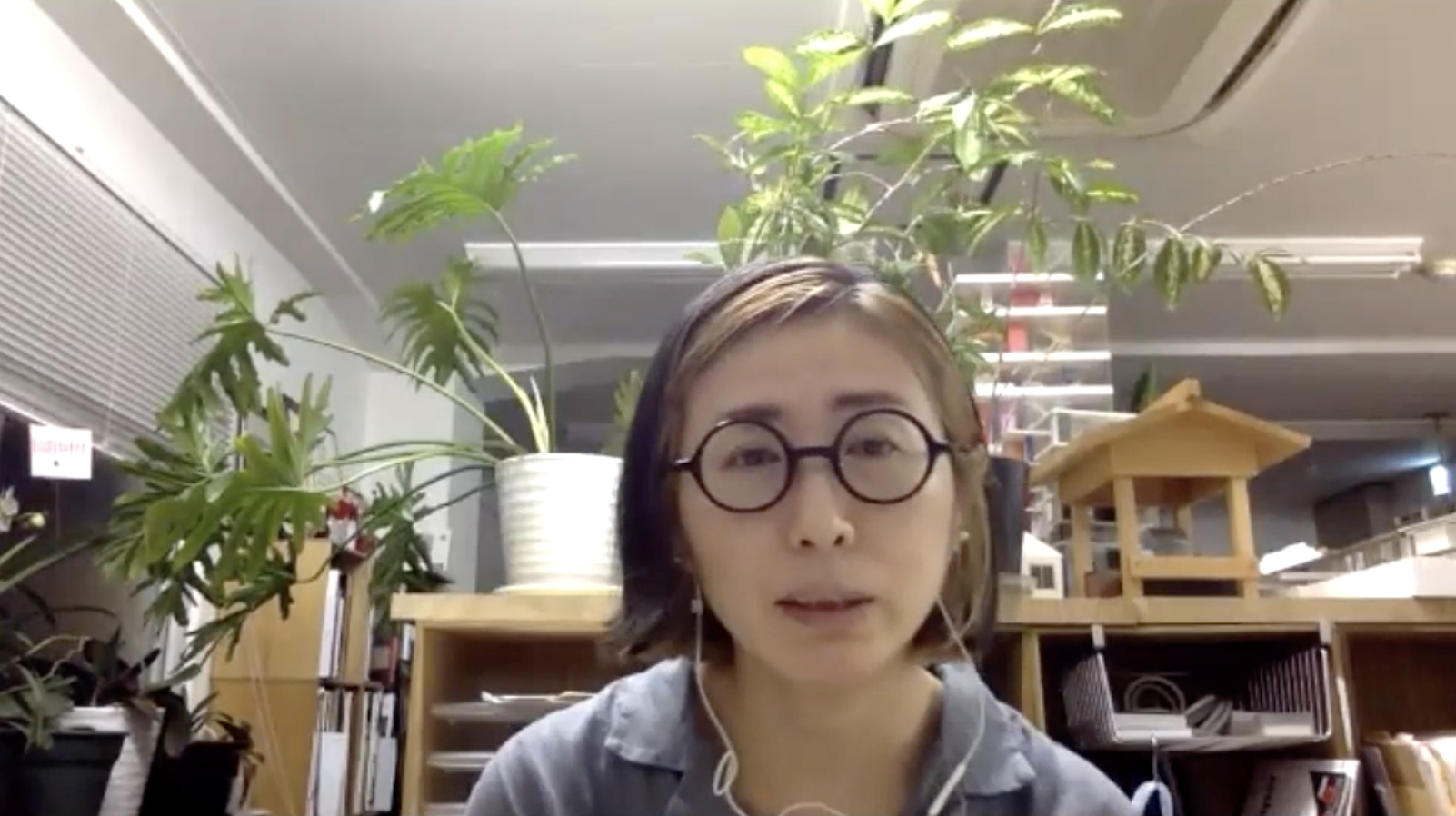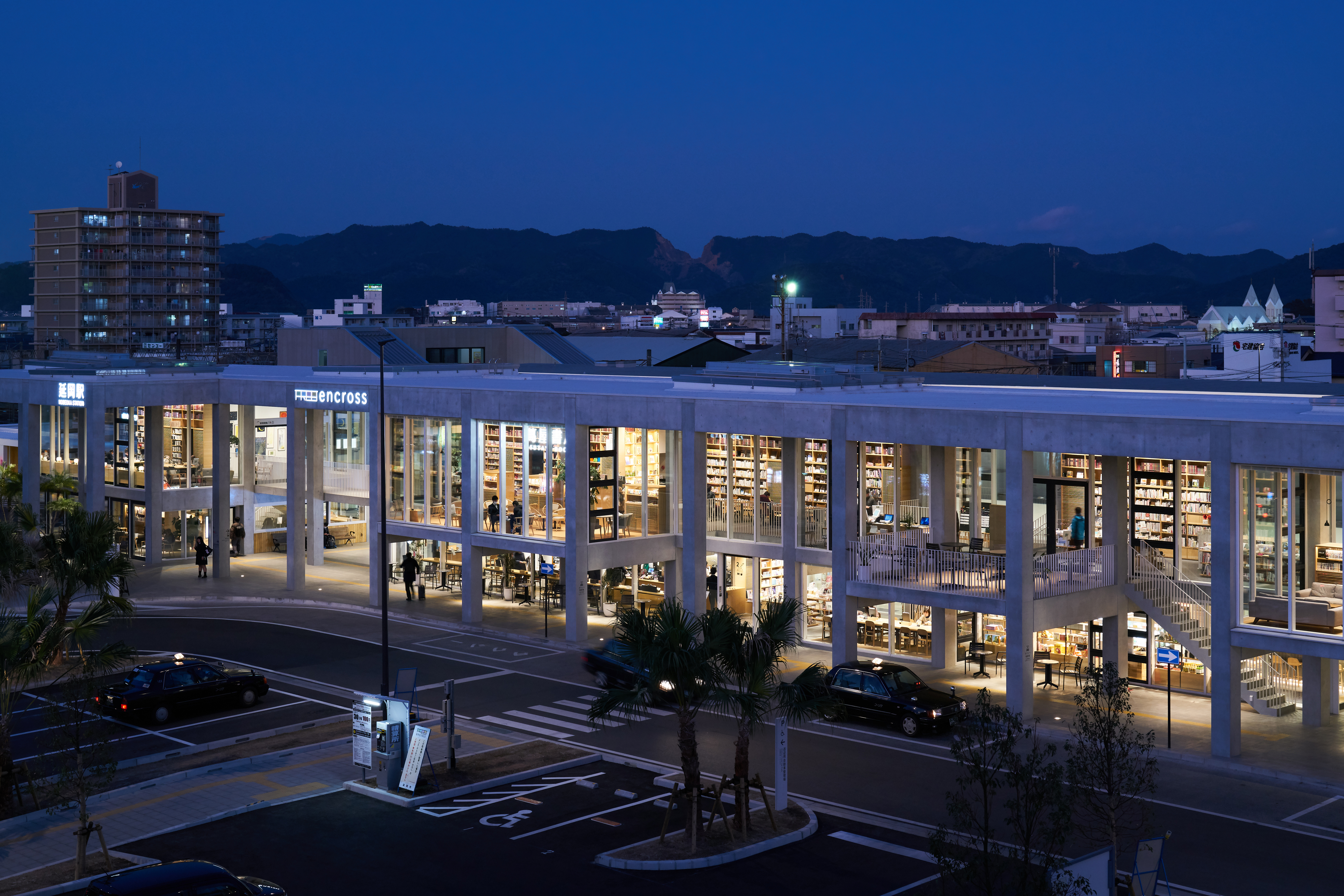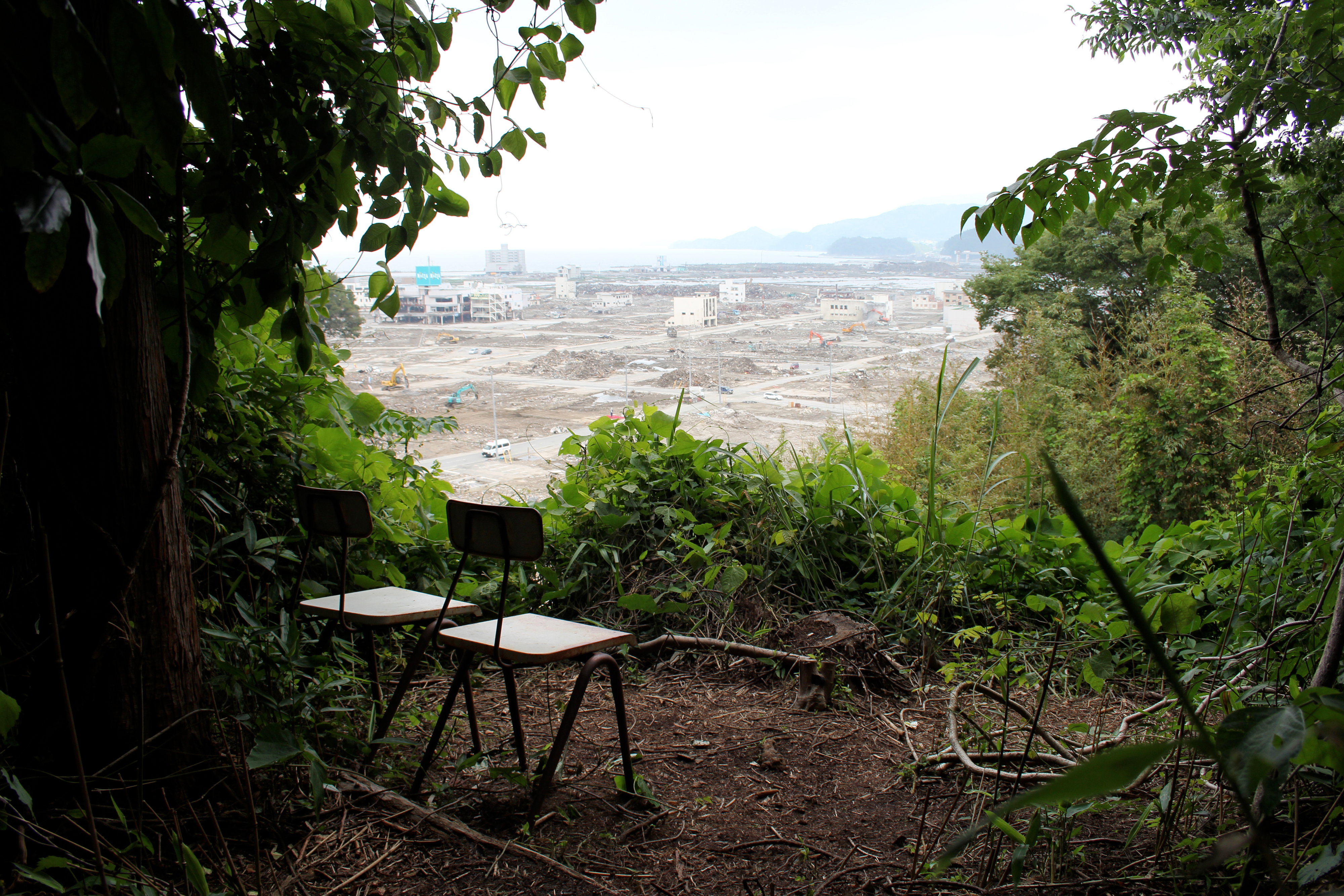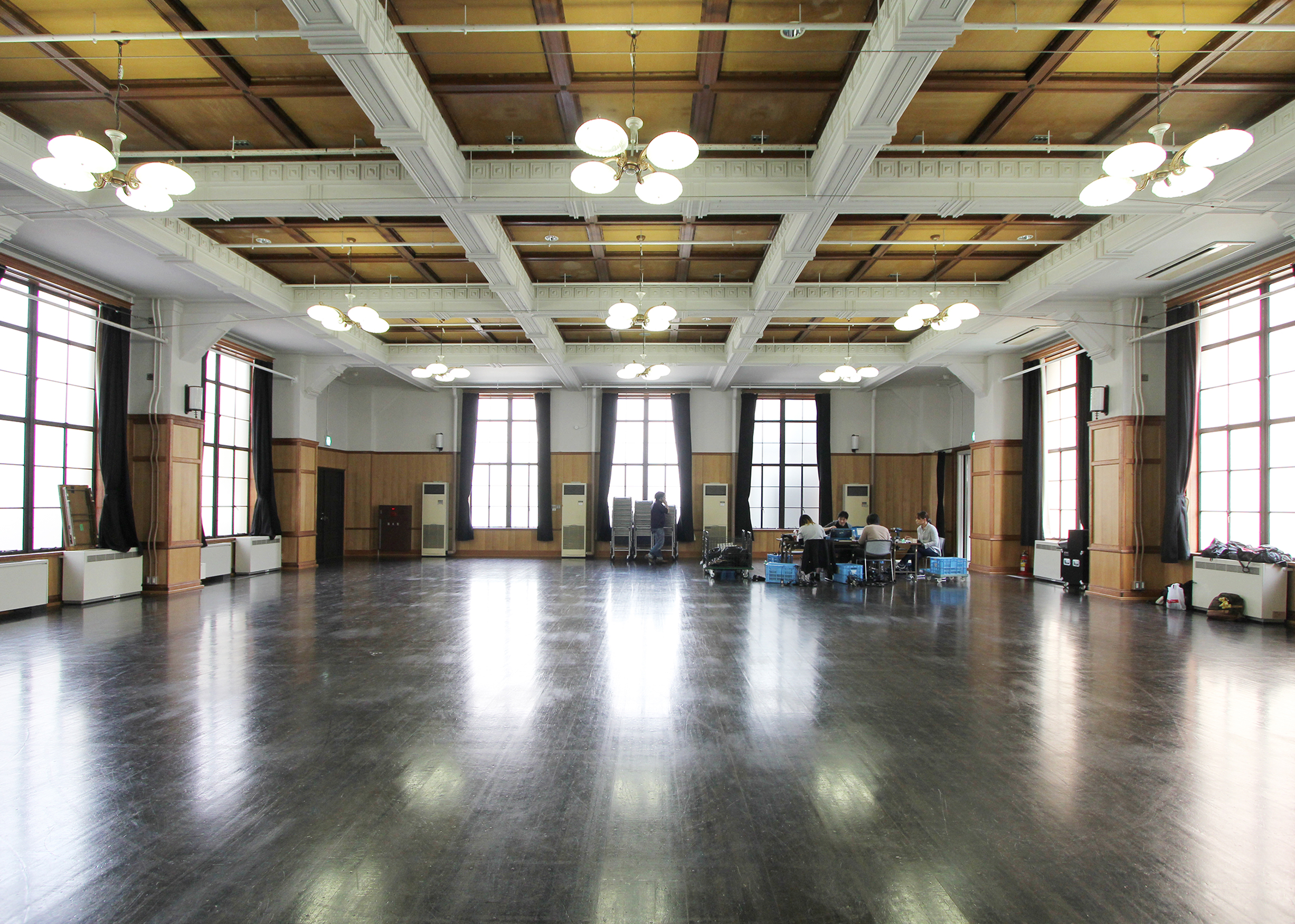
Crucial Changes Sprouting in Regional Cities

Kumiko Inui, Nobeoka Station Encross, 2018. Inui’s own contribution to regenerating the city of Nobeoka, Kyushu. Photo ©Daici Ano
Among the natural disasters that have befallen Japan in recent years—tsunamis, floods, landslides—many have occurred in places subjected to reckless land development during the economic boom years of the postwar era. As if in pointed rebuke to our reliance on the market economy for the planning and management of urban development, these disasters have hit Japan’s cities particularly hard. I sometimes think this is nature’s way of issuing a warning to humanity.
Although urban planning policies have attempted to restrain the disorderly growth of cities by imposing restrictions on land use, the pro-development pressures of the marketplace have proven far more powerful. Moreover, thanks to the relatively small number of truly catastrophic disasters over the past few decades, there has been little sense of urgency in efforts to control growth for the purposes of disaster prevention. In short, we chose economic growth over our own lives. It is at this most fundamental level that Japan must now reexamine its growth policies.
In this regard, it was fascinating to see the sharp lines drawn around areas inundated by the tsunami of March 2011, which were subsequently declared “disaster danger zones” off-limits to housing construction. This was a rare instance where efforts by city planners to save lives through regulatory measures took a form visible to the average citizen. Meanwhile, it also became the norm to publish and distribute “hazard maps” that would directly impact real estate values. In these actions one can see an attempt to rebuild cities and towns in a rational manner post-disaster. I find this a promising trend.
Outside of Tokyo and a few other metropolises, however, Japan’s cities face another problem as well: a dearth of comfortable, quality-of-life-enhancing spaces that give people a sense of place and belonging. Even with the provision of adequate physical amenities, living in such cities is not a particularly happy experience, largely because most urban activities take place only in commercial complexes. This is another problem for which solutions must be found.
Regional city governments and residents are certainly making attempts to deal with this issue. Many have come to recognize that making a place pleasant to live in enhances a city’s value. Interest in community-building efforts of this sort grows year by year and has inspired the successful development of plazas and other architectural projects. The next question is how to integrate these individual projects into an overall scenario for the entire city.
In late 2019, right before the pandemic began, Mohsen Mostafavi and a group of Japanese scholars and practitioners convened in Tokyo to discuss issues of urbanism that seemed crucial for Japan today. This essay is one of the insights and recommendations presented at the round table.
- Kumiko Inui is the principal architect at Inui Architects and a professor at the Yokohama National University Graduate School of Architecture (YGSA). Acclaimed for her innovative architectural thinking with a focus on regional cities, she received the prestigious Architectural Institute of Japan Award for the Redevelopment Project for the Nobeoka Station Area (Nobeoka Encross) in 2020.




